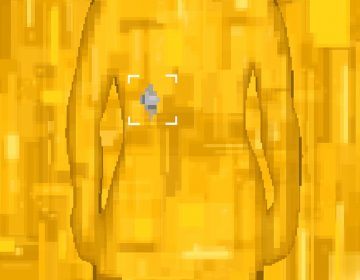Neil Savage in Nature:
 When a young girl came to New York University (NYU) Langone Health for a routine follow-up, tests seemed to show that the medulloblastoma for which she had been treated a few years earlier had returned. The girl’s recurrent cancer was found in the same part of brain as before, and the biopsy seemed to confirm medulloblastoma. With this diagnosis, the girl would begin a specific course of radiotherapy and chemotherapy. But just as neuropathologist Matija Snuderl was about to sign off on the diagnosis and set her on that treatment path, he hesitated. The biopsy was slightly unusual, he thought, and he remembered a previous case in which what was thought to be medulloblastoma turned out to be something else. So, to help him make up his mind, Snuderl turned to a computer.
When a young girl came to New York University (NYU) Langone Health for a routine follow-up, tests seemed to show that the medulloblastoma for which she had been treated a few years earlier had returned. The girl’s recurrent cancer was found in the same part of brain as before, and the biopsy seemed to confirm medulloblastoma. With this diagnosis, the girl would begin a specific course of radiotherapy and chemotherapy. But just as neuropathologist Matija Snuderl was about to sign off on the diagnosis and set her on that treatment path, he hesitated. The biopsy was slightly unusual, he thought, and he remembered a previous case in which what was thought to be medulloblastoma turned out to be something else. So, to help him make up his mind, Snuderl turned to a computer.
He arranged for the girl to have a full-genome methylation analysis, which checks for small hydrocarbon molecules attached to DNA. The addition of such methyl groups is one of the mechanisms behind epigenetics — when the activity of genes is altered without any mutation to the underlying genetic code — and different types of cancer show different patterns of methylation. Snuderl fed the results to an artificial-intelligence (AI) system developed by a consortium including researchers at the German Cancer Research Center in Heidelberg, and let the computer classify the tumour. “The tumour came back as a glioblastoma, which is a completely different type,” Snuderl says. The new tumour seemed to be the result of radiation used to destroy the first cancer, and called for a different drug and radiation treatment plan. Treatment for the wrong cancer could have ill effects without actually destroying the cancer. “If I had finalized the case just on pathology, I would have been terribly wrong,” Snuderl says.
The system Snuderl used is an early example of AI as a tool to diagnose cancer. NYU Langone’s Perlmutter Cancer Center received state approval to use its AI classifier as a diagnostic test in October 2019, and researchers around the world are developing similar systems to help pathologists diagnose cancer more accurately. The goal is to use AI’s ability to recognize patterns that are too subtle for the human eye to detect to guide physicians towards better-targeted therapies and to improve outcomes for patients. Some scientists are even applying AI to screening tests in the hope of identifying people with an increased cancer risk or catching the disease sooner.
More here.
